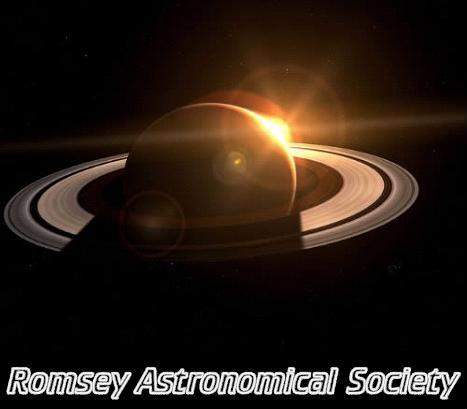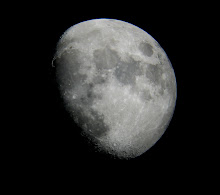The new find is more similar to our own Solar System than prior pictured exoplanets, in terms of the parent star's type and the planet's size.
However, the surface temperature is a scorching 280-370C, and could still prove to be a brown dwarf star.

The planet, called GJ758B, may well have a sister, GJ758C
The results, published in Astrophysical Journal, were obtained by a new camera on the Subaru telescope in Hawaii.
Among more than 400 known exoplanets, only 10 have been imaged directly, rather than detecting them via measurements of their parent stars' light or movement.
The task is notoriously difficult, akin to discerning a match next to a floodlight at a distance of kilometres.
The new HiCIAO camera makes it possible to spot exoplanets next to their parent stars through a process called angular differential imaging.
In this approach, successive pictures are taken when a target star is directly overhead in the sky and possible exoplanets appear to rotate around it; any specks of light due to the measurement stay put and can be subtracted.
In two observations in May and August, an international team of researchers led by the Max Planck Institute for Astronomy focused the telescope on GJ758, a star about 50 light-years away.
They found a so-called gas giant planet of a mass somewhere between 10 and 40 times that of Jupiter, in an oval-shaped orbit around the star.
Exoplanets are tough to picture directly, but methods are being refined
It is presently at a distance about the same as between our Sun and Neptune. Because of the elliptical orbit, its average distance from its host star is about one-and-a-half times that between our Sun and Pluto.
Because it remains so hot despite the considerable distance from its star, the researchers believe it is still in the process of contracting.
As is the case with many potential exoplanets of that estimated mass, GJ758B may be a brown dwarf star.
"We can see how warm this thing is but we don't know for how long it has cooled, because we don't know the age of the system - that's the tricky part," said Markus Janson, one of the authors on the paper now at the University of Toronto.
Knowing the age as well as the temperature of GJ758B will help determine exactly how massive it is, and thereby if it is in fact a planet or a brown dwarf.
"One thing we want to do is to examine the star, because determining the properties of the star is the easiest way to determine the age of the star," he told BBC News.
However, the August observation turned up another interesting possibility.
"We also want to follow up on another candidate in the system that can be seen in the images, but we have to see if it's actually bound to the star, or whether it's something that's just there by chance."
The team will continue its measurements on the parent star and investigate the second candidate - GJ758C - in the spring of 2010.

